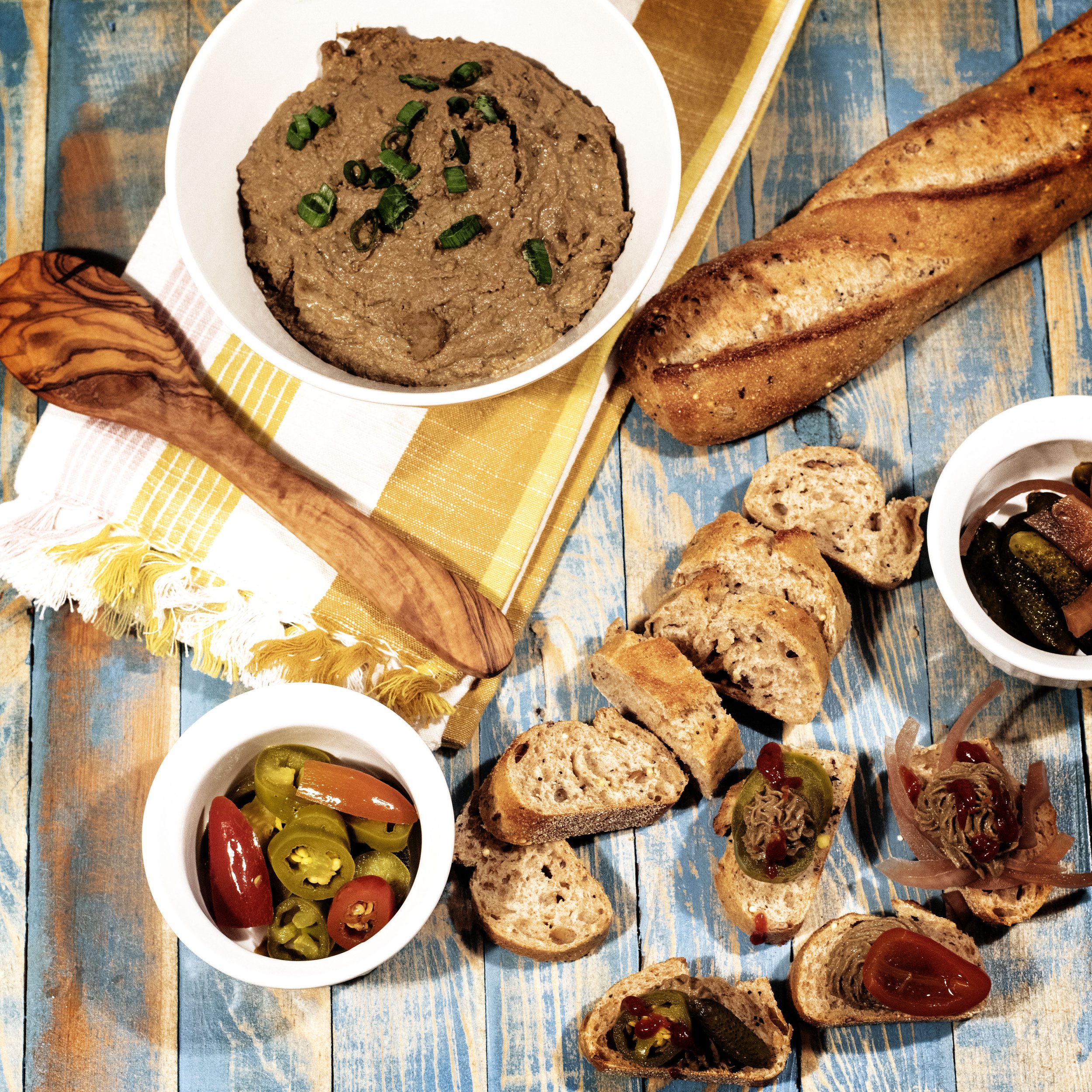Oysters. They’re a lot. They’re not for everyone. But I think this recipe for a serrano margarita oyster shot definitely helps make oyster eating a little easier on everyone.
Not growing up near a coastline definitely made oysters seem like a completely foreign food item. The only time I saw oysters growing up was the oblong shaped cans of smoked oysters on the tuna shelf in the supermarket. I never ate them. Just saw them.
The first time I tried an oyster was at a Chinese buffet off the highway in Delaware. I definitely made it into a big deal. It was very dramatic. I needed the other restaurant patrons to hear how this was my very first oyster, and how skeptical I was about eating it. It was a lot like when young children try a food for the first time and need everyone to know the importance of the monumental occasion.
After filling my buffet plate with chilled crab pieces and shrimp cocktail, I took a single shucked oyster from its icy bed and placed it almost ceremoniously in the center of the plate. Back at the table, I picked the lone oyster from the plate, clinked it with a quick “cheers” with friends, and attempted to slurp it down.
In the movies, everyone always looks good eating an oyster. It’s almost equivalent to how people make smoking look cool in movies. They take a long, slow drag from their cigarette, roll the smoke around in their mouth, close their eyes in a small moment of bliss, and puff out beautiful smoke rings. Watch people smoke in real life and there is a lot of coughing and smoke kind of billows randomly about. Oyster eating is just like this.
In the movies, oysters are picked up delicately with the thumb and a single finger and then effortlessly, and more importantly cleanly, and quickly slurped, and mind you it is a soundless slurp, from their shell. They disappear quickly with a small swallow and then are followed by that closed eye small moment of bliss.
Real life oyster eating, especially the first time, is not at all like that. First, figuring out how to hold the oyster is a challenge. Every grip feels awkward. Do you clutch it? Do you palm it like a ball? Cradle it? And how do you keep your fingers out of the way of the meat?
After you get your grip, it’s time to slurp. It’s loud. And it’s actually a little embarrassing. Getting the meat out of the shell isn’t as easy as it looks. So you slurp harder and louder. All the liquid usually comes out first, and you choke on that a bit, and then the meat will break loose suddenly. It’s kind of like when you are trying to get the last bit of an icy drink from the bottom of a cup. You shake the cup a few times and eventually the entire block of ice breaks loose and unexpectedly falls all over your face.
My first oyster eating experience was very textbook. I couldn’t find my grip on the shell, and once I did the rest of was loud, a little embarrassing, and awkward. Things only got worse from there. Once I finally got the oyster out of the shell and started swallowing things went from bad to worse. The oyster hit the back of my throat and the texture was just all wrong.
All I could think about was how big, and gooey, and flat-out booger-esque the whole experience was. My mind kept thinking: “Just get it over with. Swallow faster.” Swallowing faster didn’t help. The foreign blob started working its way back up.
So the entire swallowing ordeal started all over. There was more gulping, a little bit of gasping, possibly some swearing. And it finally went down.
It took years for me to eat an oyster again. My second experience corrected all the mistakes I had made with my first oyster and I actually started to even like them a little bit. I learned you have to make sure the oyster meat is completely separated from the shell. Even the littlest section still attached makes that slurping part much more difficult. Second, the mignonette is everything. Don’t go dry oyster. Spice it up. You can make a single oyster into a complete and full flavor experience with the right mignonette. And it’s delicious! Finally, be brave and confident. Slurp like you’ve been slurping oysters all your life!
So, now that I feel like an accomplished oyster shooter, I am ready to share with you some of my favorite mignonettes. Today I am going to start with a serrano margarita themed oyster shot. This mignonette is spicy, tangy, and has a little kick from the tequila.
There isn’t really much to making the mignonette. In a small bowl, add about a tablespoon of finely minced shallot, a finely diced up serrano pepper, a shot of good tequila, a tablespoon of champagne vinegar, and ¾ cup of lime juice. Zest in some of the lime to get that pinch of freshness.
If you aren’t much for the heat, remove the seeds from the serrano before dicing it up. If you are someone who LOVES the heat, leave the seeds in.
I had to play around a bit with the ratio for the tequila and lime juice. So after adding my initial shot of tequila I drizzled in a bit more until it cut the tartness of the lime to a level of my liking.
This recipe makes a lot of mignonette. You could easily serve it on a dozen or even two dozen oysters. You should properly shuck the oysters and rest them on ice before serving. Here is a great video for properly shucking oysters: Oyster Shucking by America’s Test Kitchen.
Well, Happy Oyster Eating!
















